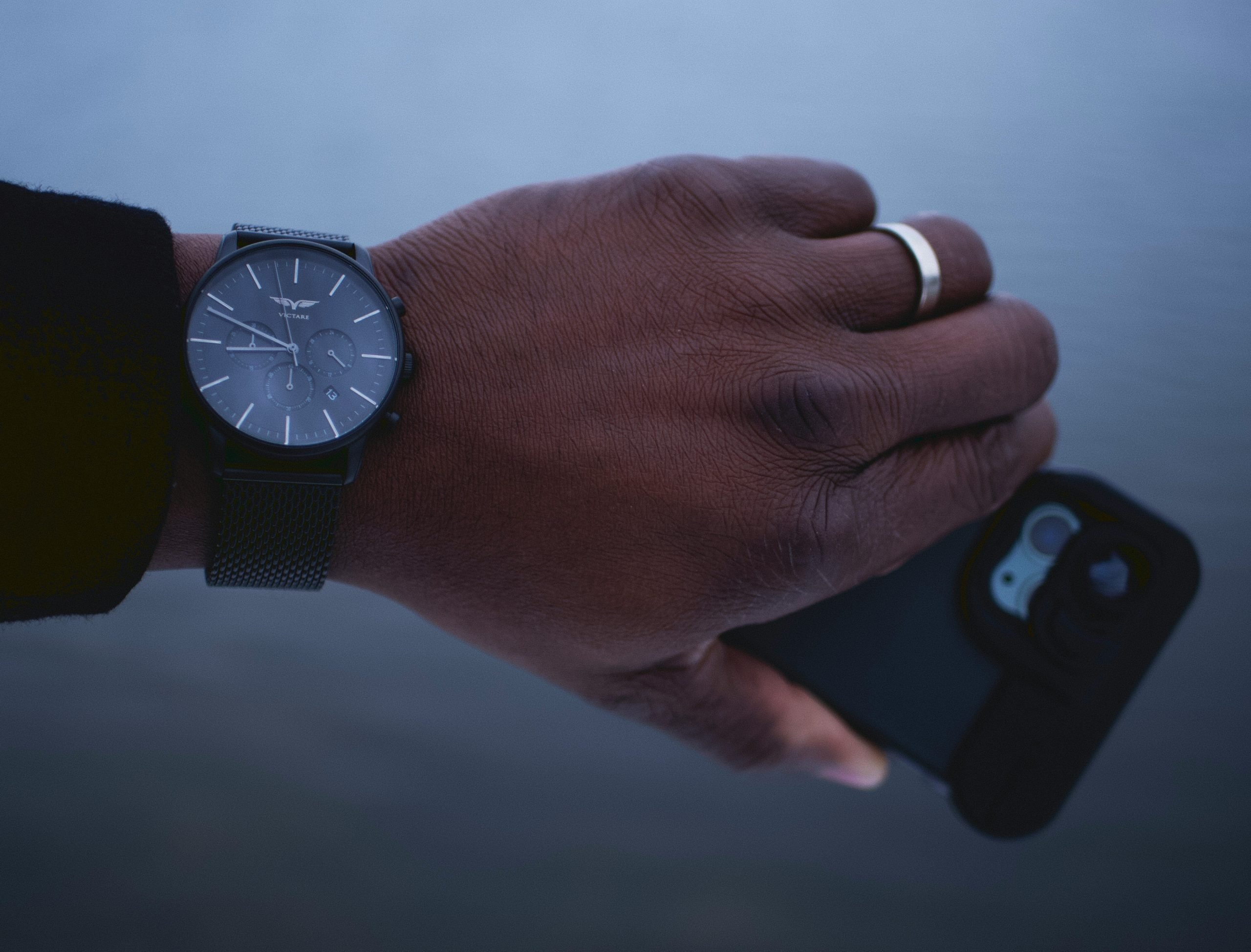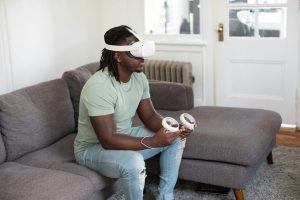From smartwatches to smart rings, the future of wearables
With the constant advancement of technology, wearables have become an increasingly popular form of technology. These portable tech devices, used for fitness tracking, communication, and monitoring data, have become an integral part of our daily lives. Smartwatches and fitness trackers have been the go-to options for wearable technology for years, but there has been a recent buzz around smart rings – a more discreet and sophisticated alternative to traditional wearables. As the wearables market continues to expand, it’s worth exploring the future of wearables, specifically, from smartwatches to smart rings.
The Evolution of Wearables
Before we dive into the future of wearables, let’s take a brief look at how far we’ve come. Wearable technology has been around since the 17th century, with the invention of the abacus ring – a finger ring used for calculations. However, it wasn’t until the 21st century that wearables truly gained popularity. The first smartwatch, the Ruputer, was introduced in 2000 by Seiko. It had a monochrome screen, limited functionality, and was primarily used for receiving notifications.
Fast forward to 2021, and the wearables market is expected to reach a value of 87.3 billion USD by 2026. With the introduction of fitness trackers, heart rate monitors, and sleep trackers, wearables have significantly evolved from simply being a notification device. And now, the future of wearables holds even more exciting possibilities.
The Rise of Smart Rings
In recent years, smart rings have been gaining attention in the wearables market, thanks to their sleek design and advanced features. These compact devices can perform all the functions of a smartwatch, such as fitness tracking and notifications, but on a smaller scale. Apart from accessibility and convenience, smart rings have some significant advantages over smartwatches.
One of the most notable advantages is the discreetness of smart rings. Unlike smartwatches, which can be bulky and hard to hide, smart rings are compact and can go unnoticed. This makes them an ideal option for those who want to track their fitness or receive notifications without attracting attention.
Additionally, smart rings provide a more personalized experience. They can track unique metrics, such as sleep patterns, breathing rate, and even stress levels. This information can help users understand their overall health better and make necessary lifestyle changes.
The Future of Wearable Technology
1. Integration with Artificial Intelligence
The integration of wearable technology with artificial intelligence (AI) is one of the most talked-about advancements in the field. With AI, wearables can adapt and learn from user behavior, making them more personalized and efficient. For example, smart rings could analyze a user’s sleeping patterns and suggest ways to improve sleep quality, such as playing soothing music at bedtime.
2. Biometric Sensing
Currently, most wearables track basic metrics like steps taken, distance traveled, and calories burned. However, as sensor technology improves, wearables will be able to track more advanced metrics such as blood pressure, oxygen levels, and even glucose levels. This will provide users with a more comprehensive understanding of their health and aid in the prevention of diseases.
3. Medical Applications
Wearable technology has already made its way into the healthcare industry, with devices like ECG monitors and blood glucose trackers. In the future, wearables could play an even bigger role in healthcare by continuously monitoring patients’ vitals and detecting any abnormalities or health concerns in real-time. This could potentially save lives by allowing for early detection and prompt medical intervention.
4. Virtual and Augmented Reality
Virtual and augmented reality are fast becoming the next big thing in technology. With the integration of these technologies into wearables, users could have an immersive and interactive experience. For instance, smart rings could be used as controllers for VR or AR games, making the experience more seamless and involving.
The Importance of SEO for Wearable Technology
With the increasing competition in the wearables market, it’s crucial for companies to have a strong online presence. This is where search engine optimization (SEO) plays a vital role. SEO is the practice of optimizing a website to rank higher on search engine results pages. For wearable technology companies, having a well-optimized website can improve their visibility, drive more traffic, and ultimately increase sales.
When writing content for wearable technology, it’s essential to understand the keywords and phrases that potential customers are using to search for such products. For example, potential consumers may search for “best smartwatch for fitness tracking” or “top-rated smart rings.” By incorporating these keywords into content, companies can increase their chances of being seen by their target audience.
Moreover, since wearable technology is a visual and technical product, including high-quality images and videos on a website can also improve SEO. These visuals can help consumers get a better understanding of the product and make informed purchasing decisions.
In Conclusion
The future of wearables is exciting and holds endless possibilities. As technology continues to advance, we can expect to see more innovative and multifunctional wearable devices, such as smart rings. With features like AI integration, biometric sensing, and virtual reality, the wearables market is expected to grow even more in the coming years. Furthermore, with a strong focus on SEO, wearable technology companies can boost their online presence and reach a wider audience, ultimately driving the growth of the industry.
As we eagerly await the next wave of wearables, one thing is for sure – our lives will continue to be influenced and enhanced by these portable tech devices, making them an essential part of our future.










